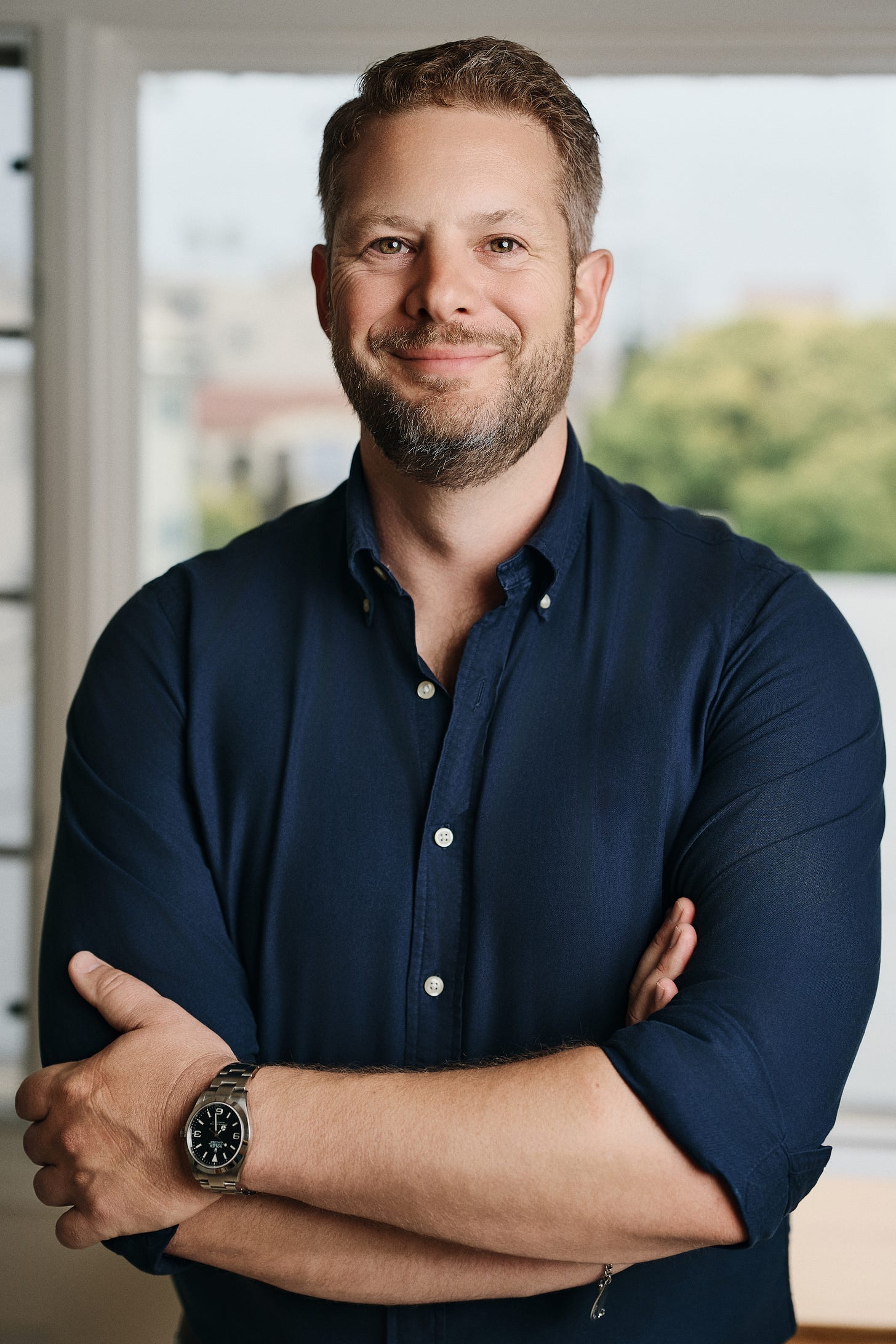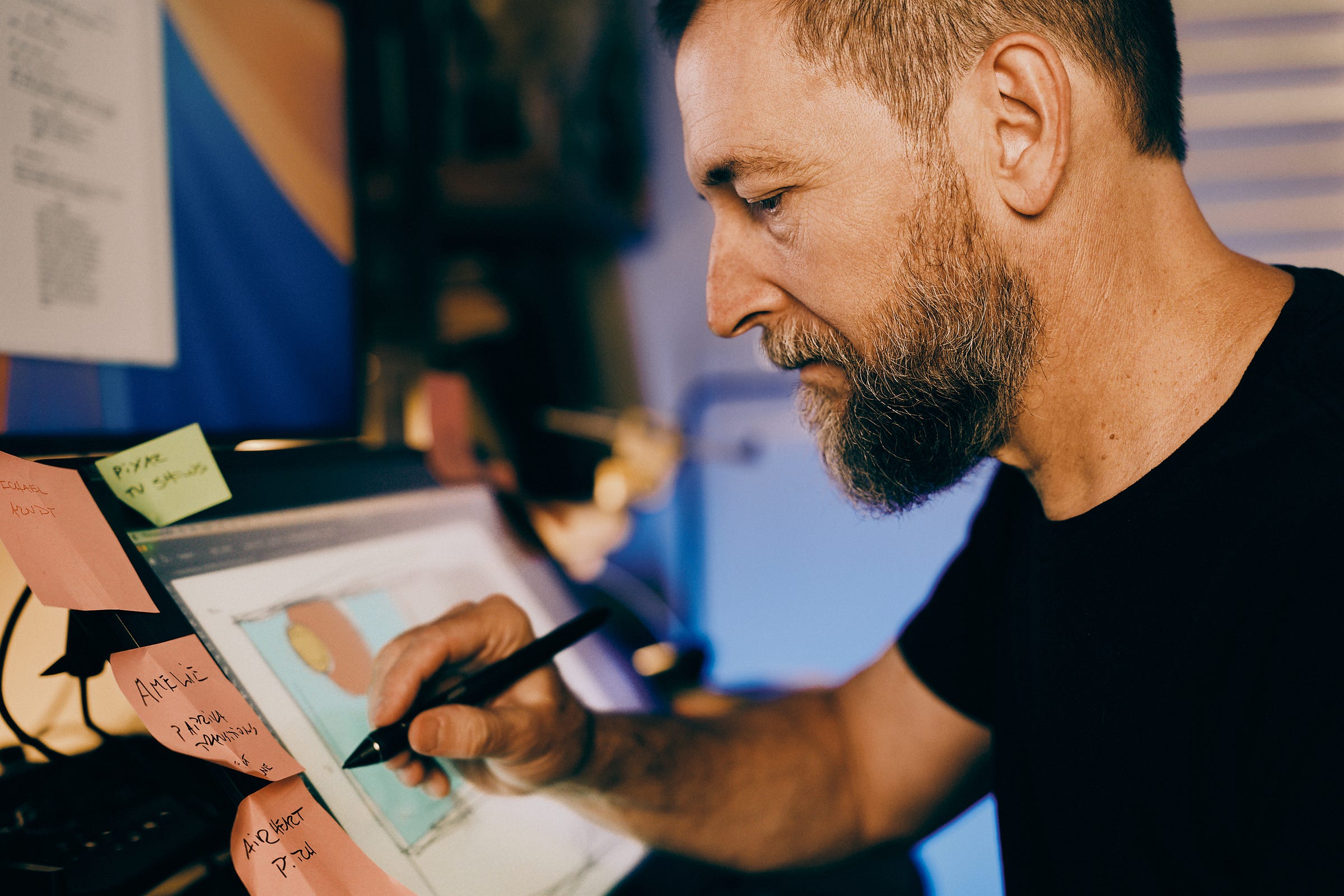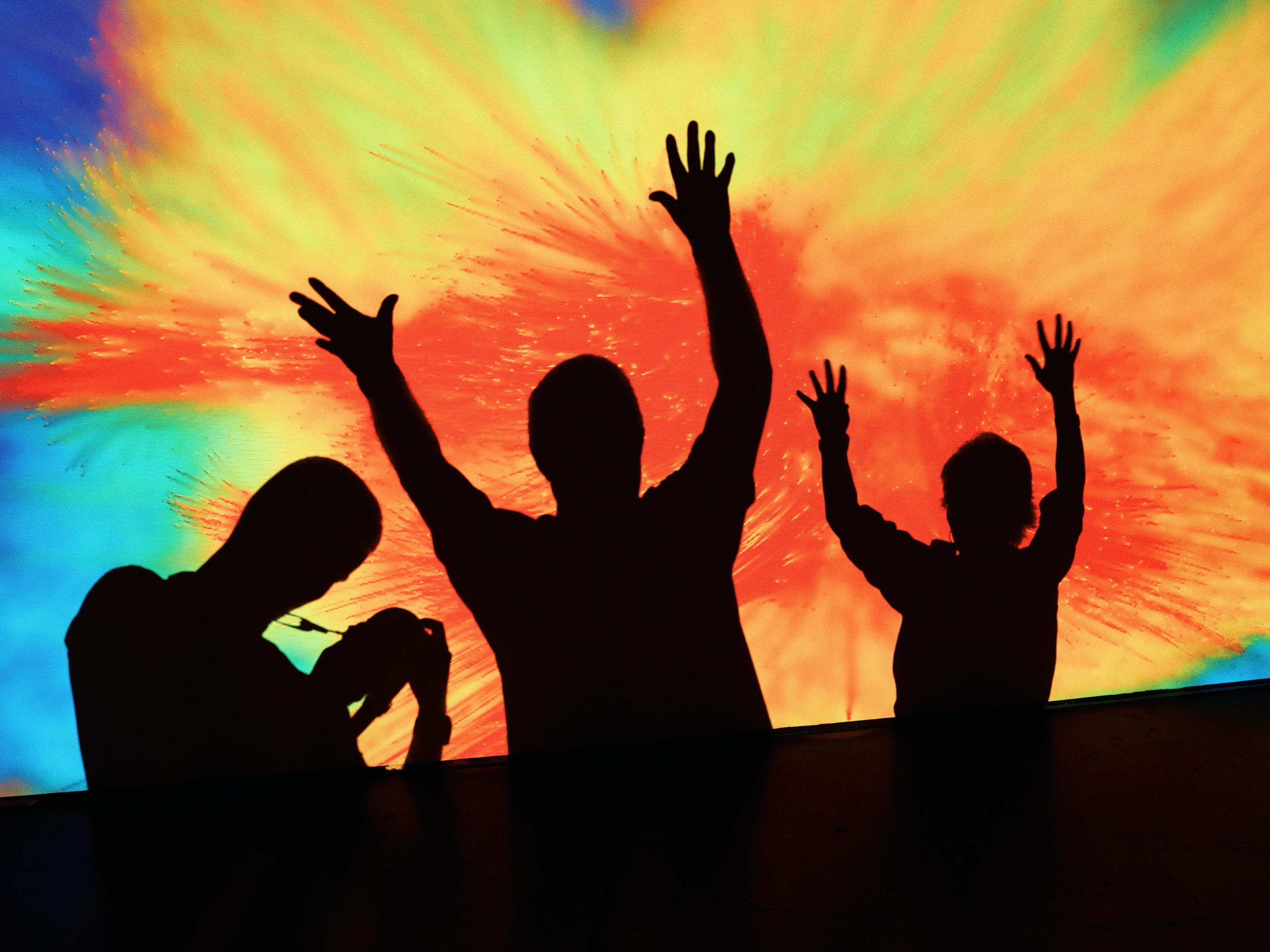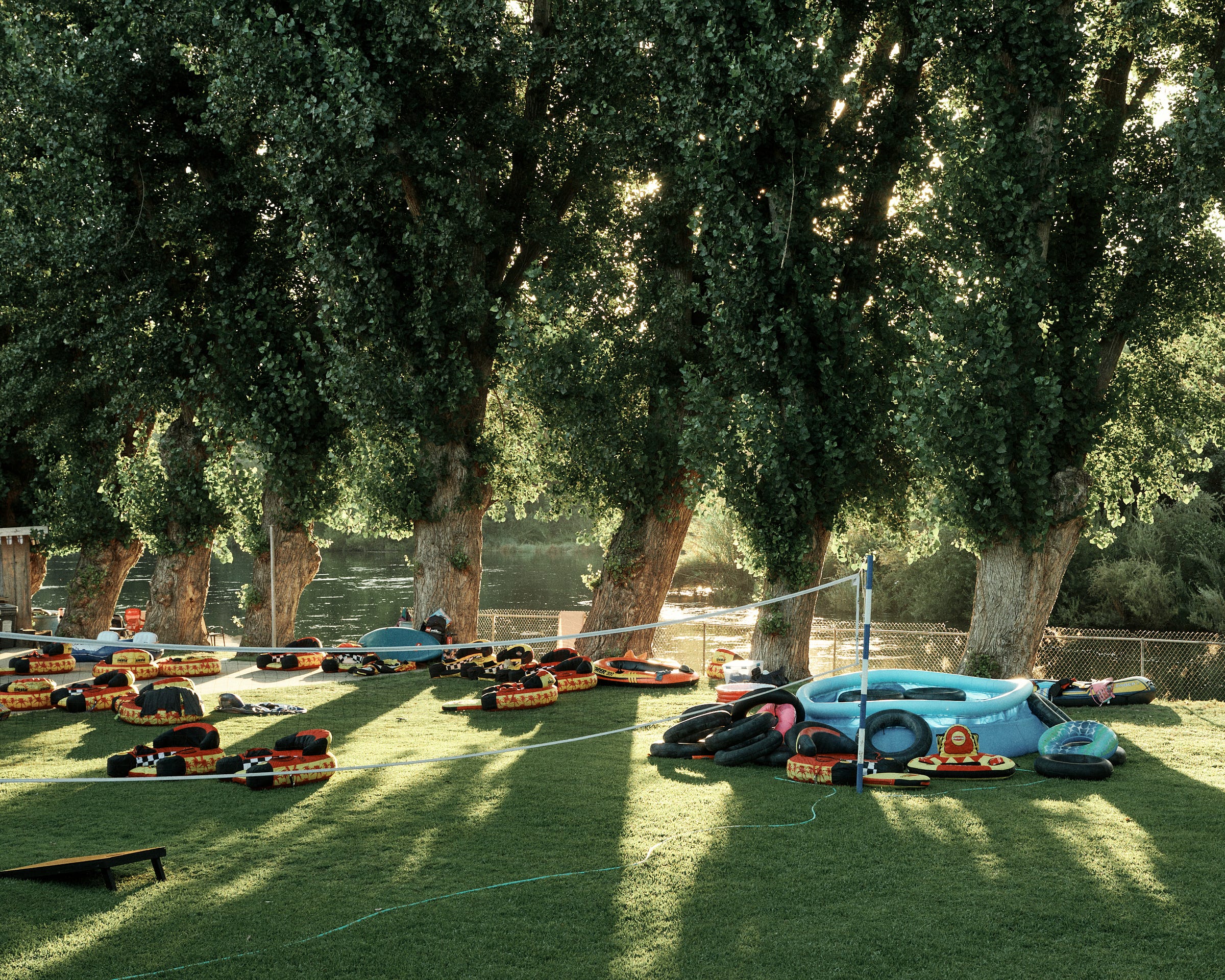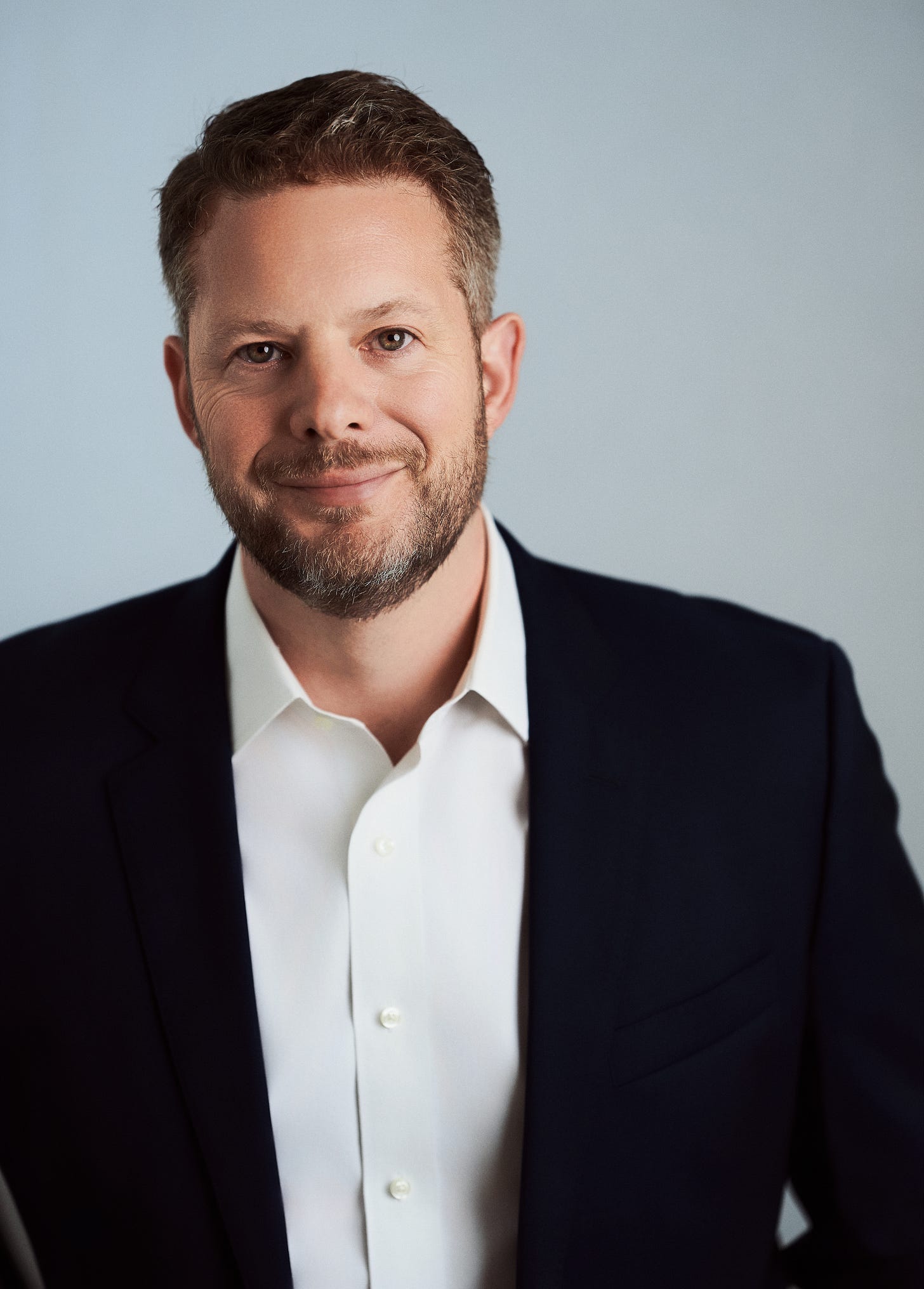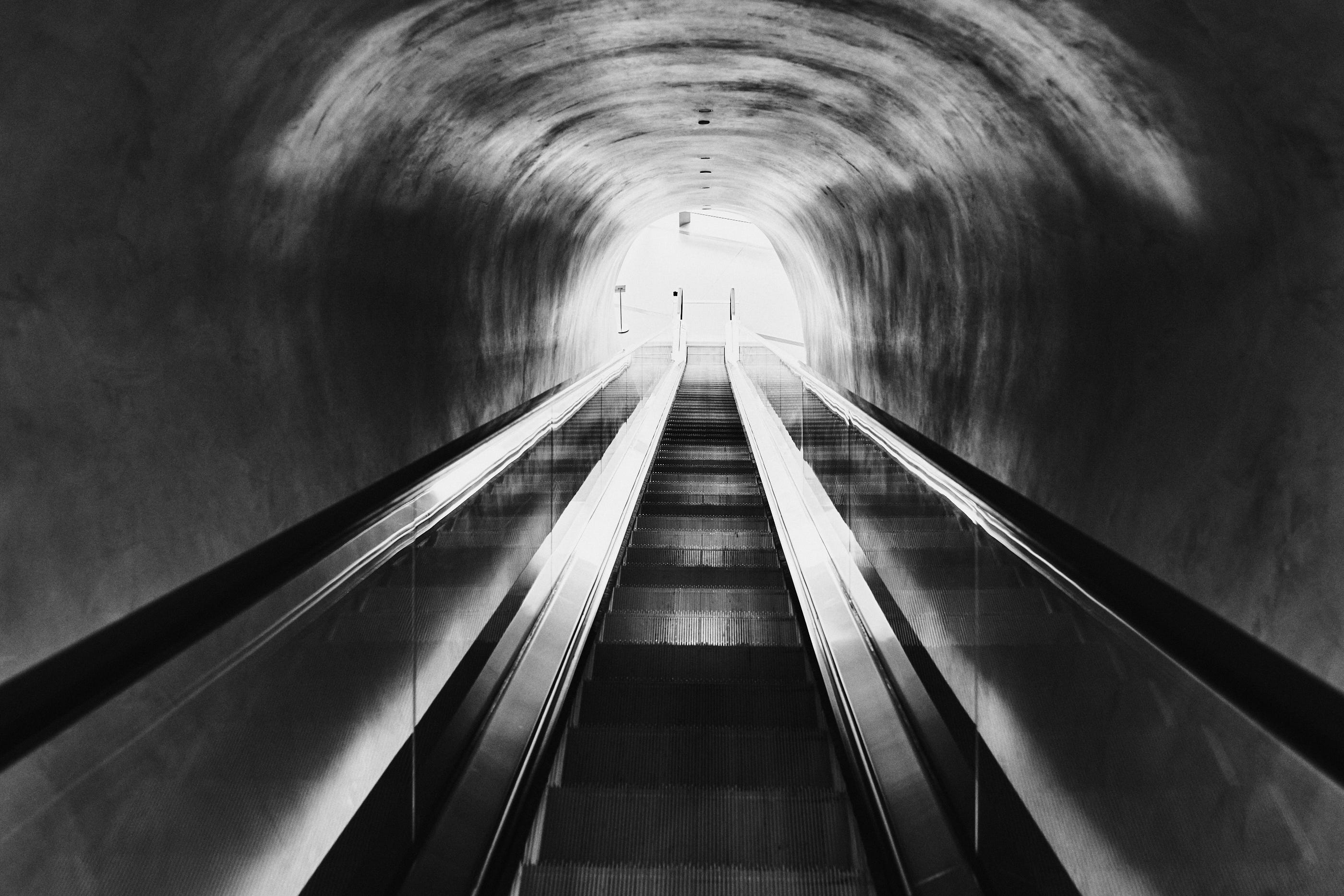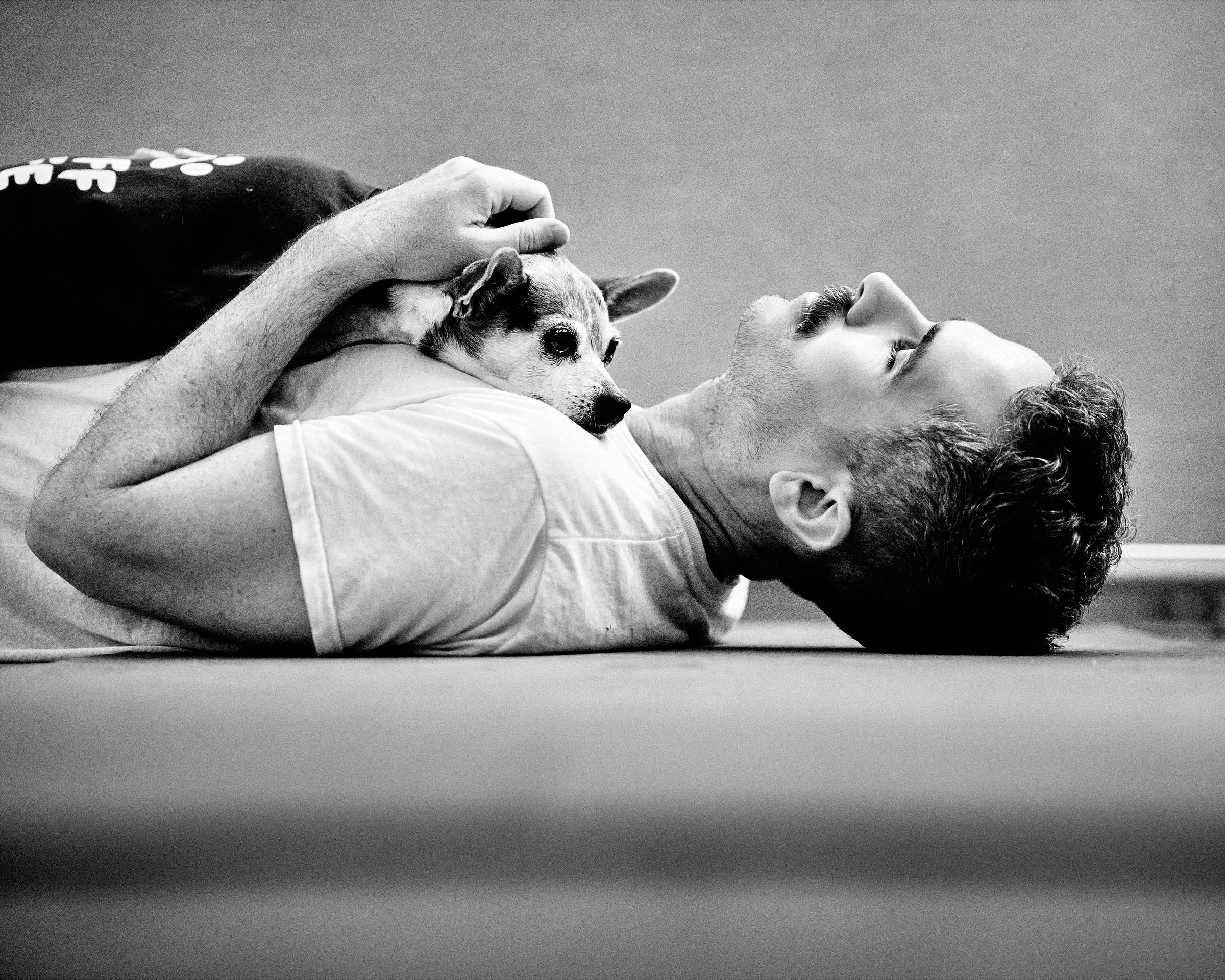Spaces of Becoming
On creating environments where authentic self-expression becomes inevitable.
There’s a moment in every portrait session when something shifts. The camera is still in my hands, but I’m not looking through it. We’re just two people sitting in a room, maybe their home office with monitors glowing behind them, maybe a photo studio with carefully positioned lights, and suddenly we’re talking about something real. Something that matters or surprises us. Something that brings an authentic emotion to their face that I know will translate into the kind of photograph that feels true to the life we’re all living.
I’ve been thinking about this lately, about the spaces we create for becoming. Not just the physical spaces, even though those matter a lot, but the emotional territories where people feel safe enough to show parts of themselves they didn’t even know they were hiding.
Anthropologists call these liminal spaces1, thresholds where transformation becomes possible, where the usual rules of social performance temporarily suspend and something more authentic can emerge.
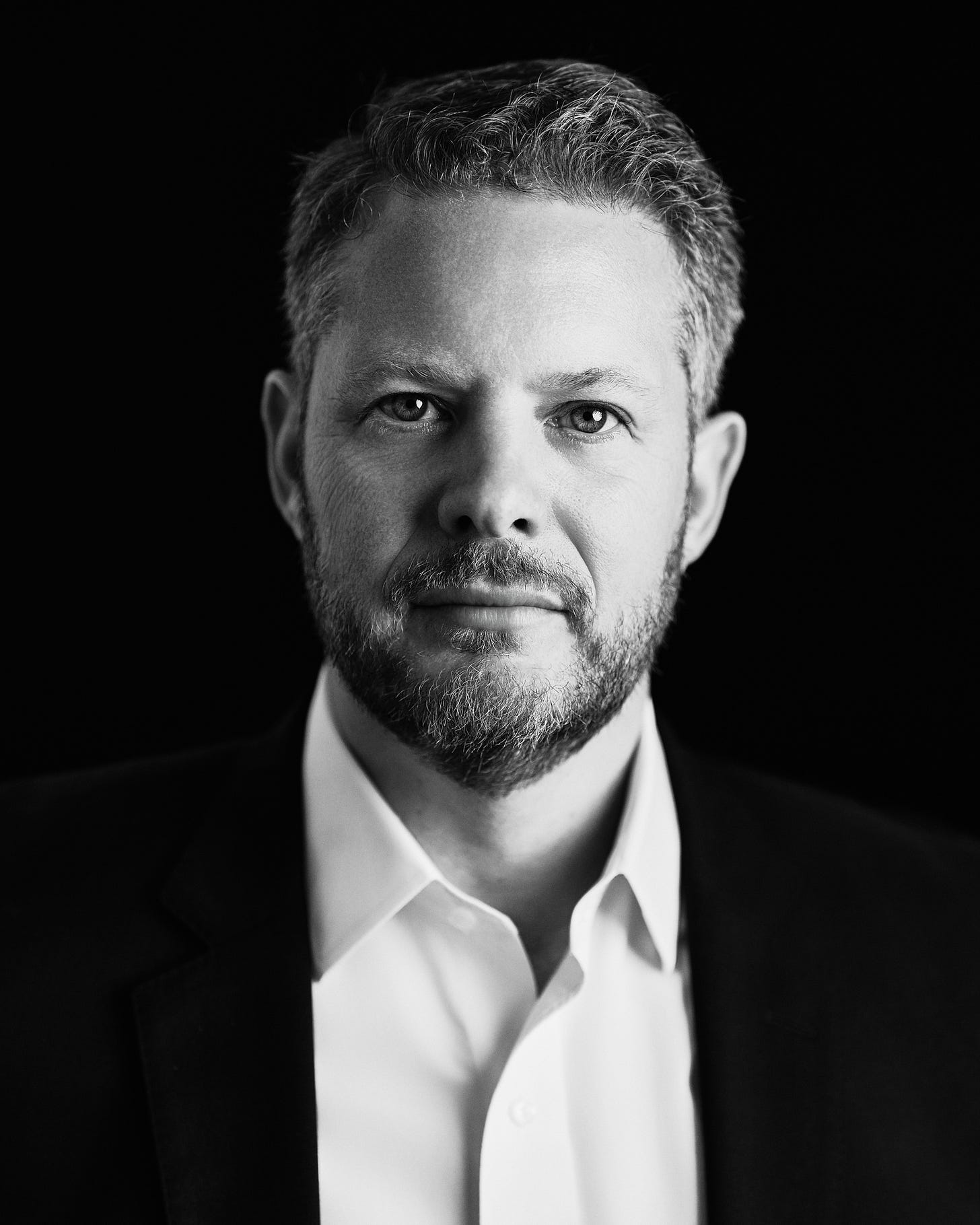
Danie came to me because he’d been carrying an image of himself that no longer matched who he’d become. His professional headshot was a five-year-old selfie, and like so many of us navigating the evolution of our careers, he recognized the disconnect between his current expertise and how he was presenting himself to the world. We spent two hours in his Santa Monica home, moving from rooftop to living room to a more formal black backdrop setup, capturing the full range of who he’d become, from smart casual environmental shots with glimpses of the city behind him to dramatic black and white portraits that spoke to his authority as a consultant.
This is the tension I find myself navigating regularly: the strategic need for professional presentation versus the deeper human desire for authentic representation. Danie needed to look experienced, authoritative, ready for the next chapter of his consulting work. But he also needed to look like himself, not some airbrushed version disconnected from the reality of being human at this particular moment in time.
When I’m photographing someone in their home versus a studio, everything changes. The studio is my blank canvas, limitless possibility, controlled lighting, a space to create whatever vision emerges. But in someone’s home, I’m suddenly working within constraints that force creativity. Low ceilings, challenging light, limited space for backdrops. I have to think on my feet, find solutions within limits.
This is why I find myself increasingly drawn to environmental portraits and the challenge of it all. Environmental psychology research shows we behave differently in spaces where we feel ownership versus neutral territories. When Andy, from my old Pixar days where I worked as a lighting and compositing artist before transitioning to photography2, asked me to photograph him in his home office, I wasn’t just documenting him in a convenient location. We weren’t just making professional headshots. We were documenting who he is in the space where he actually creates. Surrounded by multiple monitors displaying his work on TrollHunters and Wondla, concept art and post-it notes covering the walls, the organized chaos of creative work.
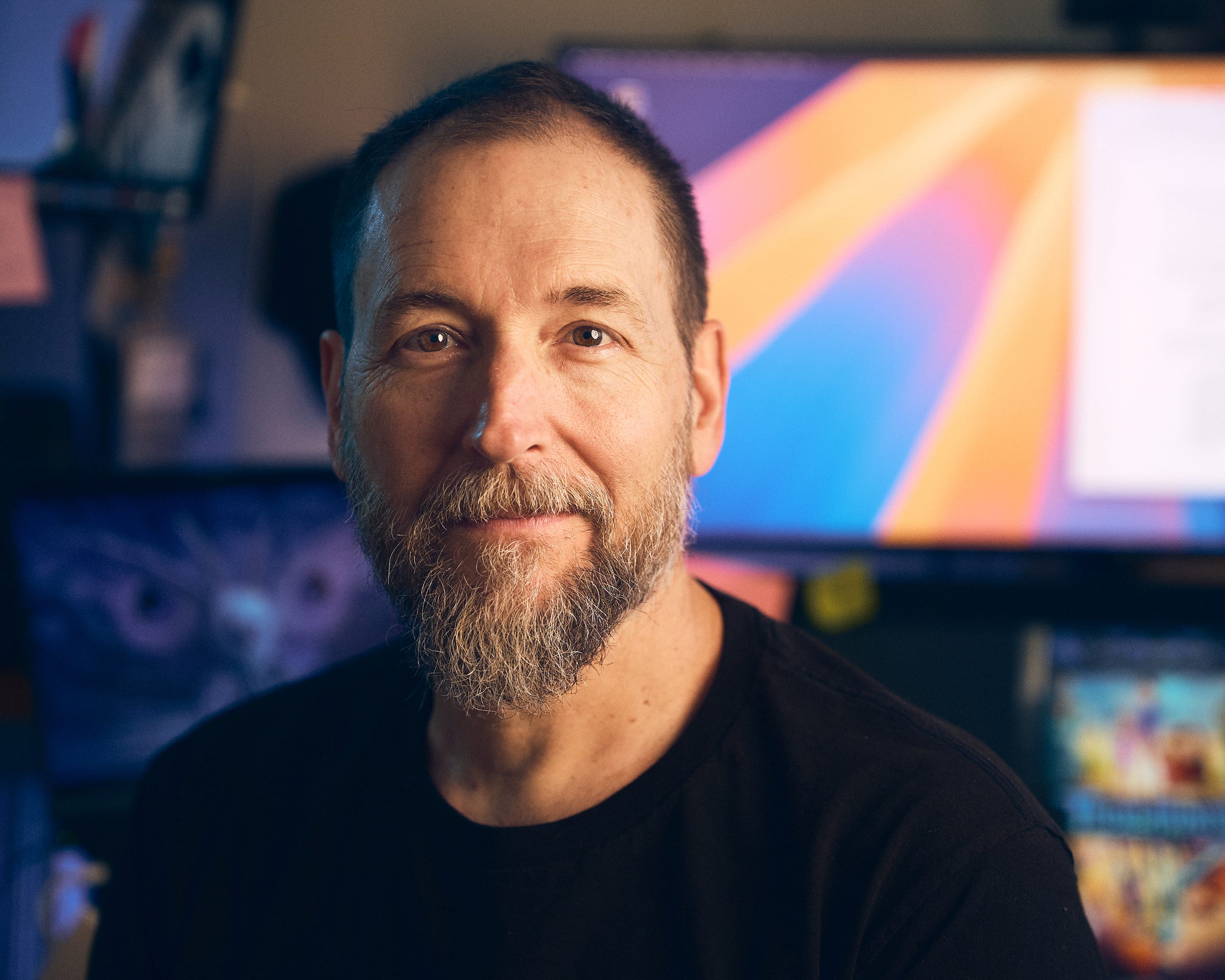
One of the most refreshing moments of that session came when Andy specifically requested that I allow more of his wrinkles and passage of time to show through in the final images. While most clients want the opposite, asking me to minimize signs of aging, Andy embraced the visual story of his experience. The nature of the industry, he said. It was a moment that reminded me why I should keep avoiding heavy retouching in my work. The photos need to stay authentic to who people are, imperfections and all.
Maybe we grow wiser by not hiding our evolution, but learning to embrace our own becoming?
So different environments can bring out different aspects of who we are. I learned this again when my parents experienced Los Angeles for the first time during their recent visit. After six years of me living here, they finally had the opportunity to come see where I’ve built this latest chapter of my life. Their surprise at how green it is, how diverse, how much creative energy pulses through everything. The weather helped, but seeing them discover the relaxed energy of Southern California compared to the faster pace of the Bay Area where I used to live felt like watching them understand something new about who I’ve become here.
I think as we age, we naturally gravitate toward the comfort of familiar routines and spaces. It becomes harder to break those patterns and rediscover the capacity for wonder that comes so naturally to us when we’re young. Travel has this transformative quality, which is why I’ve always been drawn to exploring new places. There’s something about unfamiliar environments that bypasses our usual defenses and habits. But watching my parents rediscover that sense of awe reminds me how essential it is to actively seek those moments of fresh perspective, to remain open to surprise.
This observation continues to influence my approach to photography. What I try to create in sessions isn’t a space that changes who someone is, but rather an environment that allows who they already are, including those quietly waiting parts of themselves, to feel safe enough to be seen. Just as travel can reveal hidden aspects of our personalities, a thoughtfully crafted photography session can create conditions where authentic self-expression feels not just possible, but natural.
This dynamic played out in complex ways during our recent Kings River trip. It was my second time on this annual float with my boyfriend’s extended friend group, a fascinating mix of people across the political spectrum, all ages and backgrounds, sharing campsites and meals and three days on the river under 100-degree heat. Like many traditions passed from one generation to the next, this trip carries the beautiful intention of its origins alongside customs that perhaps speak more to who we used to be rather than who we’re becoming.
Watching our friends experience their first time, I found myself feeling protective when certain rituals seemed to emphasize endurance over embrace, performance over belonging. As someone who grew up navigating spaces where I didn’t always feel I belonged, like so many of us in the LGBTQ+ community, I recognize that anxious internal knot when you’re not sure if you’re being welcomed or tested.
And yet, there is also genuine magic happening here. This diverse group of people who might never find common ground anywhere else somehow coalesces in nature, finding peace together. The second time doing the trip for me was much more relaxing and loving, familiarity creating safety where uncertainty once existed, and perhaps too, a gentle evolution in how we create space for newcomers to discover what makes this gathering so fun. It made me think of my creative work: the most beautiful connections happen when people feel seen rather than asked to prove themselves.
Even with the mosquito bites and moments of navigating group dynamics that challenge me, I found myself thinking about how every little experience feeds into everything else. The sunshine on my face while showing LA to my parents, the art on museum walls experienced for the first time together, all the laughter with my boyfriend and friends at the river, all of it influences my inspiration, my creativity, the very soul of my being. I carry those moments with me everywhere, and they end up making my work just a little bit richer, a little bit better.
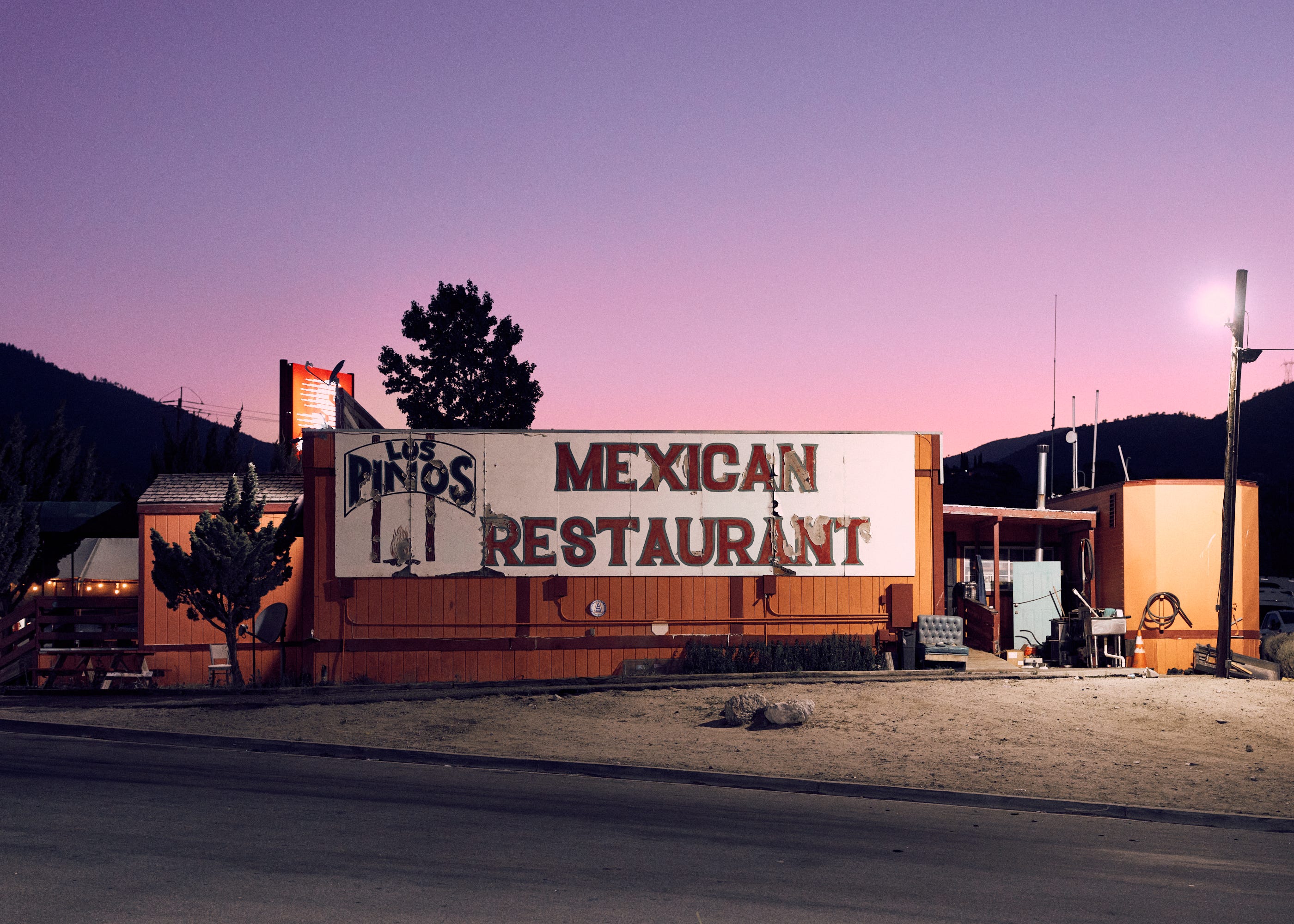
It brings me to the concept of holding space, the practice of being present with someone without trying to fix, change, or judge them. It’s about creating an emotional container where another person can safely experience whatever they’re feeling. This practice has become integral to my daily meditation, where I’ve learned to hold space for my own thoughts and emotions without rushing to alter or escape them. Through psychedelic medicinal journeys I’ve undertaken, I’ve also experienced both sides of this gift: having space held for me in my most vulnerable states, and gradually learning to extend that same unconditional presence to myself.
What I discovered through these experiences is that learning to hold space for myself, to witness my own complexity without judgment, naturally translated into being able to hold it for others. The patience I cultivated for my own unfolding became patience for others’ processes. The compassion I learned to extend to my own imperfections became compassion I could offer friends, family, and eventually, the people who sit in front of my camera. This practice has deepened every relationship in my life, creating connections that feel more honest and less performative.
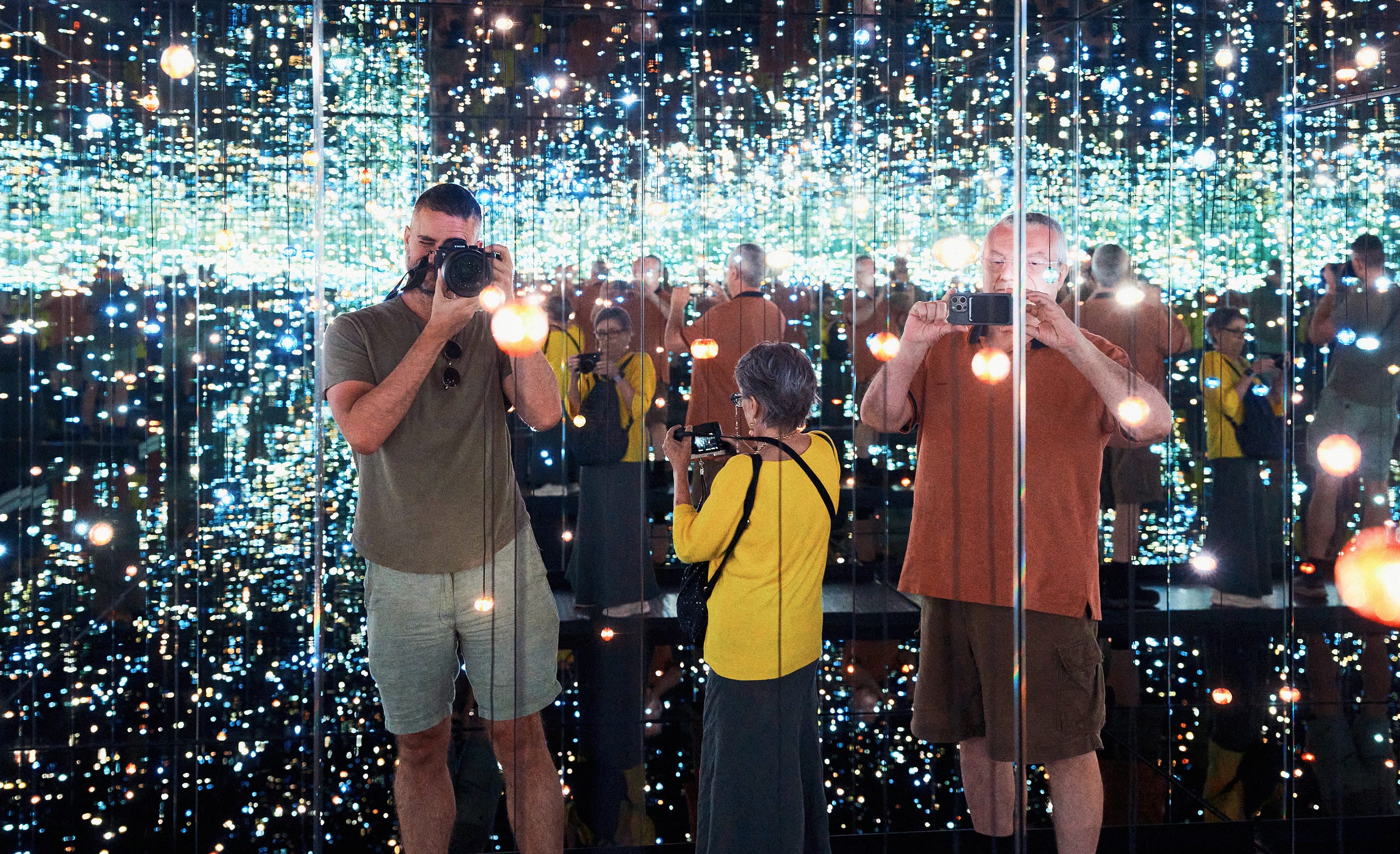
I’m by no means perfect at this practice yet. There are still moments when my own judgments creep in, when I catch myself trying to fix rather than simply witness. But I’m definitely better at holding space than I’ve ever been before, and that growth continues to transform how I show up in the world, and behind the camera.
In many ways, this connects to one of the most curious questions I encounter in my work: how do we know when it’s time to update our image of ourselves?
Because when we hold space, for ourselves and others, we begin to see with surprising clarity the gaps between who we’ve become and how we’re still presenting ourselves to the world. It’s not just about photography at that point, it’s about identity, time, and the courage to let others see who we’ve grown into.
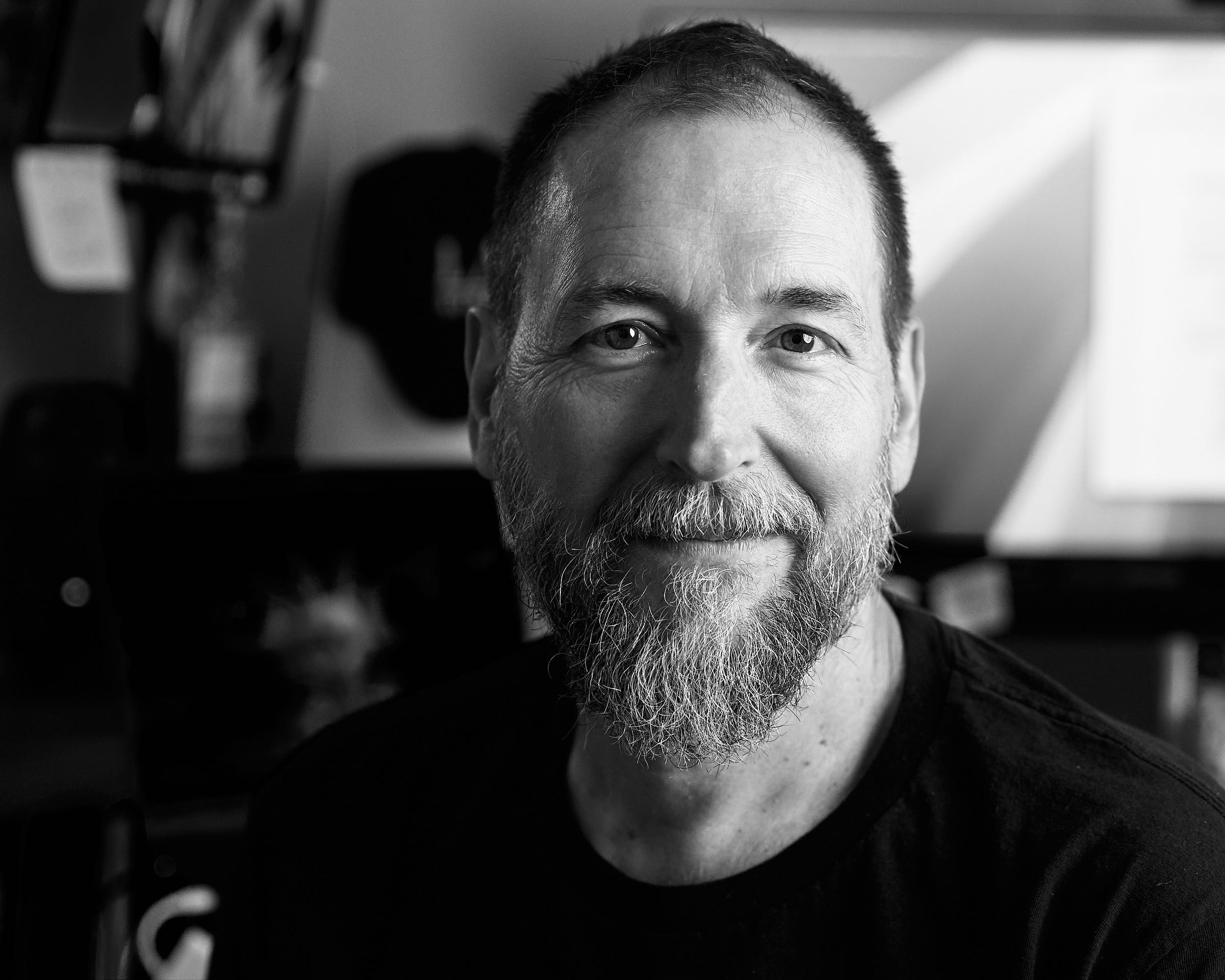
And yes, life moves fast. I understand the fear many of us have about noticing aging in our bodies and faces, the gray hairs appearing daily, the wrinkles, the small aches, the weight that doesn’t come off. Age comes at you like a brick sometimes. But having watched too many friends face serious illness, and having lost others far too young, I’ve learned not to take any of it for granted.
There’s something both humbling and miraculous about still being here at 46, still walking even though my knees are starting to say hello, eyes that still work (though I wear glasses most of the time now), hands that can still type even though they ache from two decades working in the film industry. I don’t say this lightly, I know how precarious this all is, how quickly everything can change. Maybe that awareness is exactly why I feel compelled to document where we are right now, in this moment, with all our beautiful imperfections intact.
This approach extends beyond technique into philosophy. Whether I’m capturing Danie’s transformation from outdated self-image to authoritative consultant portraits, or documenting Andy in his creative element with years of industry experience, I’m always seeking that balance between aspiration and authenticity.
Documentary photographer Henri Cartier-Bresson wrote about the decisive moment, that instant when all elements align to reveal truth. But in portrait work, I’ve learned that the decisive moment isn’t always about timing a perfect expression. It’s a lot more about creating the conditions where someone feels safe enough to let their guard down, where the space between performance and authenticity narrows until they disappear entirely.
I believe this approach comes naturally to me, perhaps because I’ve carried a deep discomfort with pretense since childhood. Even as a kid, anything that felt like acting or performing made me deeply anxious. I love public speaking, but I’ve never been able to put on costumes or personas without feeling unsettled, it’s simply not in my nature.
This is also partly why I’m terrible at small talk. It makes me uncomfortable. I’m much more at ease when someone wants to dive deep into meaningful questions about life and perspectives on living, rather than surface-level questions about daily routines. I’m a deep diver when it comes to conversation and comfort, that’s my safe space. So whether I’m in someone’s home office like Andy’s or setting up multiple looks in Danie’s Santa Monica house, I’m always figuring out how to create deeper connection. Maybe a moment of silence opens up dialogue more than a question. Maybe lowering my camera and taking a break helps guide the next few photographs.
The research I do beforehand, reading someone’s LinkedIn, their website, understanding their background, helps me find entry points for meaningful conversation. I’m deeply curious about other people, even as an introvert.
What more could I ask for than to learn how people see the world, how they experience it, what challenges they go through and how they overcome them? All because I’m taking a portrait of them or documenting a part of their life. I’m always thinking about how the physical space can serve the emotional truth we’re trying to capture.
In a world increasingly filled with AI-generated imagery and curated online personalities designed for views rather than truth, there’s something unique about creating authentic representations of human beings. My favorite moments are actually the conversations between shutter clicks. Those instances when maybe I’m not even looking at my camera, and we’re just two people in a space of vulnerability, talking about something deeply personal that brings genuine emotion to their face.
These portrait sessions, this documentary approach to human connection, bring me back to photography serving as a bridge between our private selves and our professional and social presentations. In the best sessions those worlds stop being separate worlds. We find ways to be fully ourselves while also being thoughtful about how we want to be seen.
We create spaces where becoming is not just possible, but inevitable. The river keeps flowing. Our parents get to see our worlds for the first time. Friends hire us to help them step into new chapters. And somewhere in the space between who we were and who we’re becoming, we capture something true about what it means to be human right now, in this moment, still breathing, still curious, still hoping for authentic connection in an increasingly artificial world.
A liminal space is a transitional area, a threshold between states or places. It evokes unease, nostalgia, or surrealness due to its in-between nature. These spaces can be physical, like hallways or waiting rooms, or psychological, like periods of uncertainty during major life changes.
I still regularly work in lighting and compositing for animation. I’m currently working on a feature film at Paramount called The Legend of Aang: The Last Airbender currently scheduled to be released in 2026.



